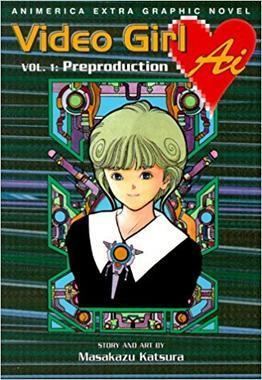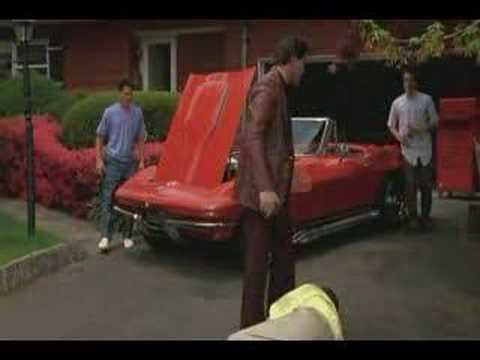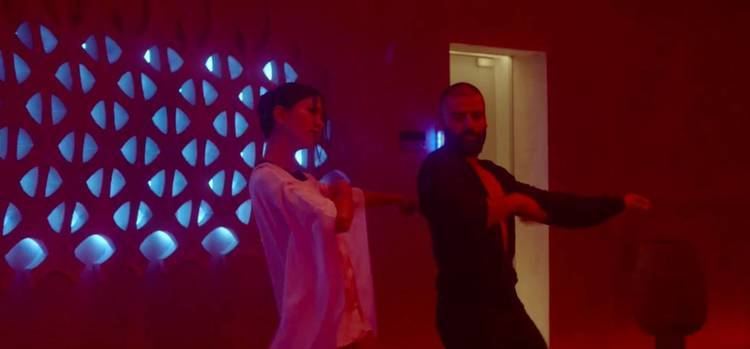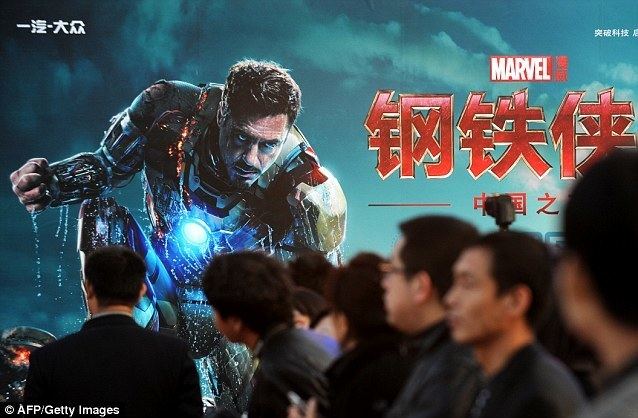Video Girl Ai
4 /10 1 Votes
Director Mizuho Nishikubo | Duration | |||||||||||||||||||||||||||||||||
 | ||||||||||||||||||||||||||||||||||
Release date March 27, 1992 – August 28, 1992 | ||||||||||||||||||||||||||||||||||
Anime abandon video girl ai
Video Girl Ai (電影少女, Den'ei Shōjo, lit. "Video Girl") is a manga series created by Masakazu Katsura and published by Shueisha's Weekly Shōnen Jump. It also has an anime adaptation. The manga is published in English by Viz Communications. It was formerly published in the anthology Animerica Extra by Viz.
Contents

It was started in 1989 and continued until 1992, and fifteen manga volumes were produced.

A live-action movie of Video Girl Ai was released in 1991. The plot starts much like the first volume of the manga, but differs later, and the ending is quite different from the OVA and manga. An English dubbed version was released in December 2001.

The Video Girl Ai anime is a six-part OVA series which was produced by I.G. Tatsunoko. The series was released in 1992 by Jump Video. It roughly covers most of the material found in volumes 1 and 3 of the manga (and some of Volume 2). The character designs for the anime remained faithful to the manga style.

Anime writer Jason Thompson stated that compared to Kimagure Orange Road, Video Girl Ai is "more sexual and angsty".

It is commonly speculated that the author, Masakazu Katsura, used this series as what could be described as a pilot; although he wanted to write a straight romantic comedy, he included sci-fi and action elements, so that the series would guarantee to be a success with both his publishers and (teenage male) audience.
Video Girl Ai was followed in 1993 with another sci-fi/romantic comedy manga DNA² and by the straight romantic comedy I"s in 1997.
History
It was started in 1989 and continued until 1992, and fifteen manga volumes were produced. The first 13 volumes tell a story about a video girl named Ai Amano. The last two volumes, which came years later, focus on a video girl named Len, hence the new name for these two volumes – Video Girl Len. In fact, a pun is present here which is lost in translation; the two video girls' names, "Ren" and "Ai", combine to form ren'ai – a Japanese word used to describe the type of romantic comedy that Video Girl Ai is. Although they have different protagonists, the "Ai" and "Len" sub-stories are not entirely unrelated; they take place in the same setting, with a similar premise. Two characters from the first 13 volumes also appear in volumes 14 & 15. Volume 15 concludes with a bonus chapter about Video Girl Haruno. Her story was written before Video Girl Ai, and is almost totally separate from the stories of Ai and Len, being alluded to in only one line of dialogue in the other chapters.
Story
The story starts when Yota Moteuchi finds out that the girl he likes, Moemi Hayakawa, is in love with his best friend, Takashi Niimai. Disappointed by this fact, he decides to rent a video from a mysterious video store that appeared in front of him on his way home. The video store was called "Gokuraku" ("Paradise"). The unique thing about this video store was that the videos in the store contained "video girls", girls which literally come to life and out of the user's television when the video tape is played to cheer the renter up. Not knowing about the video girls, Yota chooses to rent the video 'I'll Cheer You Up!', starring Ai Amano. Ai comes to life with the purpose to brighten up Yota's life and encourage him to pursue his love.
However, Yota plays the video on a broken video recorder, which causes Ai to come out "broken"; among other effects she has the ability to feel emotions. This additional feature of Ai causes her to eventually fall in love with Yota; a feeling which, after giving up on Moemi, Yota begins to return. However, a mysterious man related to Gokuraku known as Rolex enters the story and tries to recall Ai as she is faulty, and the fact that Ai's tape is nearing the end of its playing time makes matters even worse.
From this point on, the story changes focus slightly and concentrates on Yota and Ai attempting to overcome the difficulties presented by Gokuraku. Various other complications come into the story; for example Yota's continuing love for Moemi, and his relationship with a new character, Nobuko Nizaki.
Initially, Ai spends some of her time teasing Yota mercilessly in various sexual manners i.e. pretending to initiate intercourse, or joining Yota "innocently" in the bath "to help him wash". Yota's resulting embarrassment and attempt to extricate himself from the situation results, as always, in some slapstick humor and more resulting sexual tension.
Characters
* This nickname is based on a pun with the Japanese verb 持てる (moteru), which means to be well liked or popular (or to have something). A second way to read Moteuchi would be "Motenai," which is the negative conjugation for moteru (in other words, to not have something). An attempt to get the joke across to English speaking audiences was made by Ai, who reads his name and declares, "Motenai?!? As in LOSER?" Yota corrects her, but the image has already been planted into the audience's mind.
Len story characters
Volumes
ISBNs are for the 2nd edition by VIZ Media
